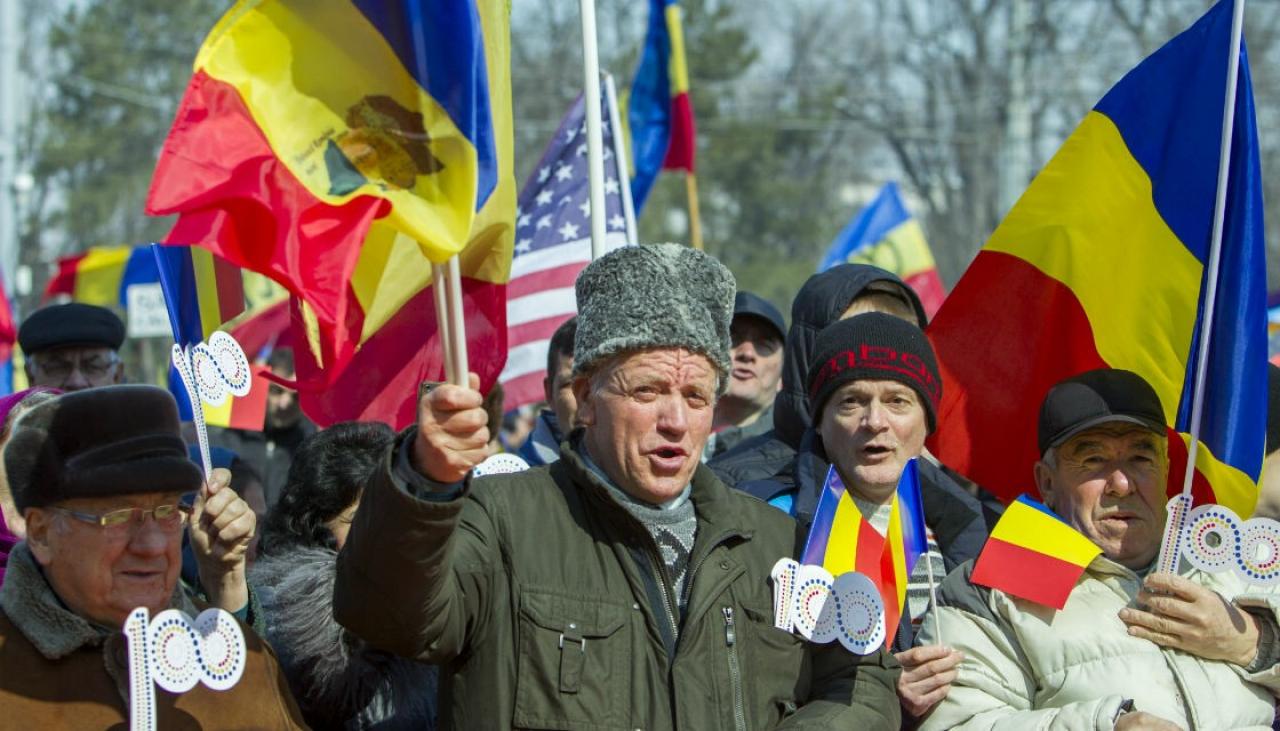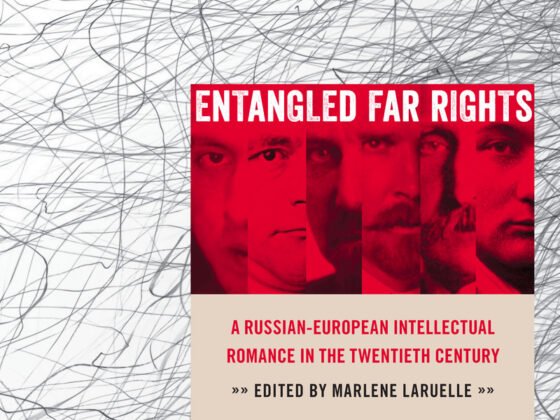(CEPS; Book Chapter) This paper applies the concepts of hegemony and hybridity as analytical tools to help understand the structural changes taking place within the Eastern Partnership (EaP) countries and beyond. The author points to the split identities of many post-Soviet societies and the growing appeal of solutions aimed at balancing Russia’s or the EU’s dominance as important factors shaping EaP dynamics. Against this background, he explores how the post-Soviet borderlands can find their place in a still hypothetical pan-European space, and free themselves from the tensions of their competing hegemons. The EaP is divided into those countries that signed Association Agreements with the EU and those preferring to maintain their loyalty to Eurasian integration. Bringing the two groups closer together, however, is not beyond policy imagination. […]
The Struggle for Good Governance in Eastern Europe © Centre for European Policy Studies (CEPS)











